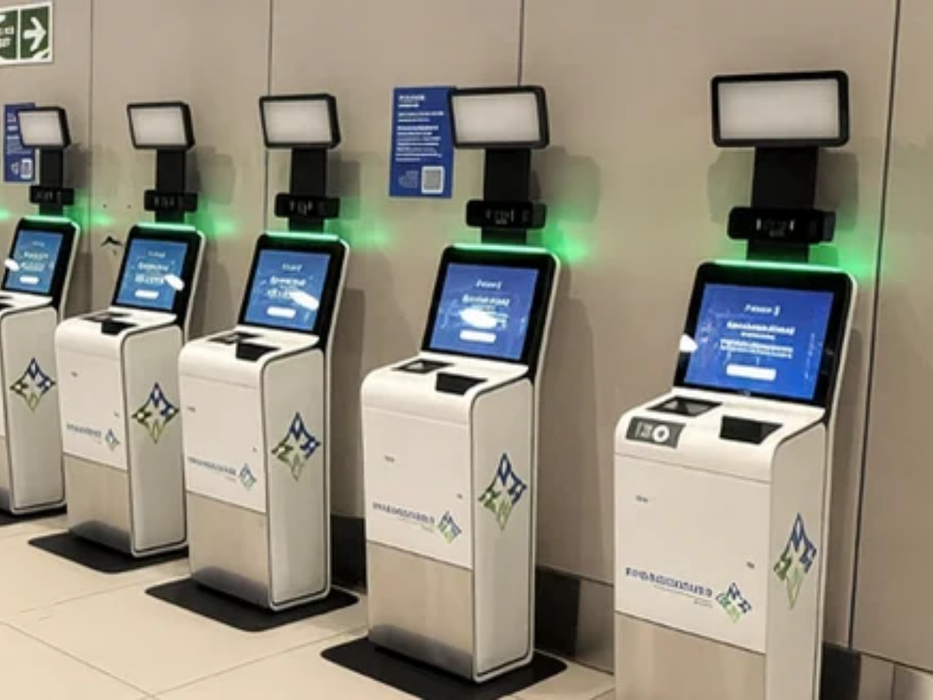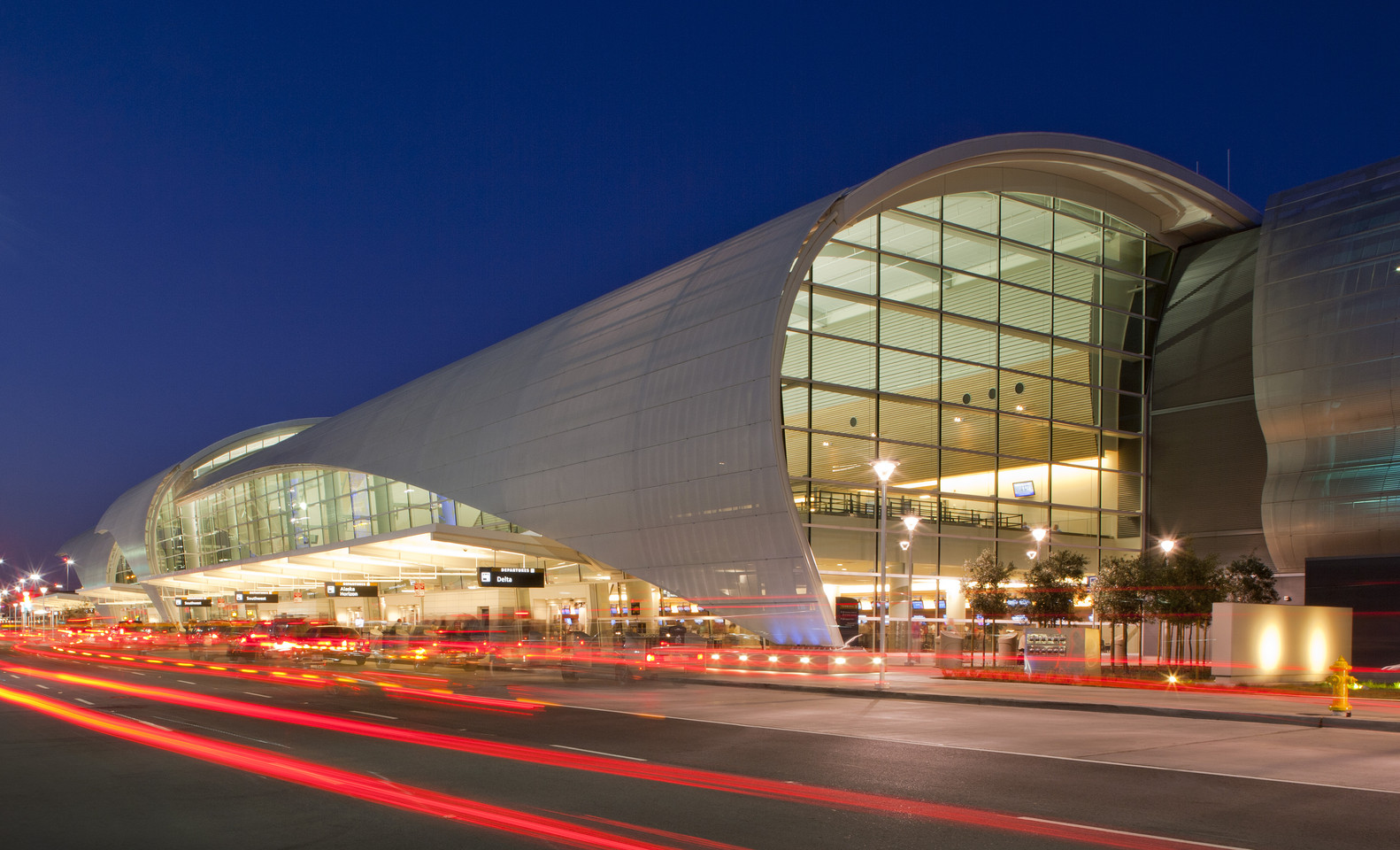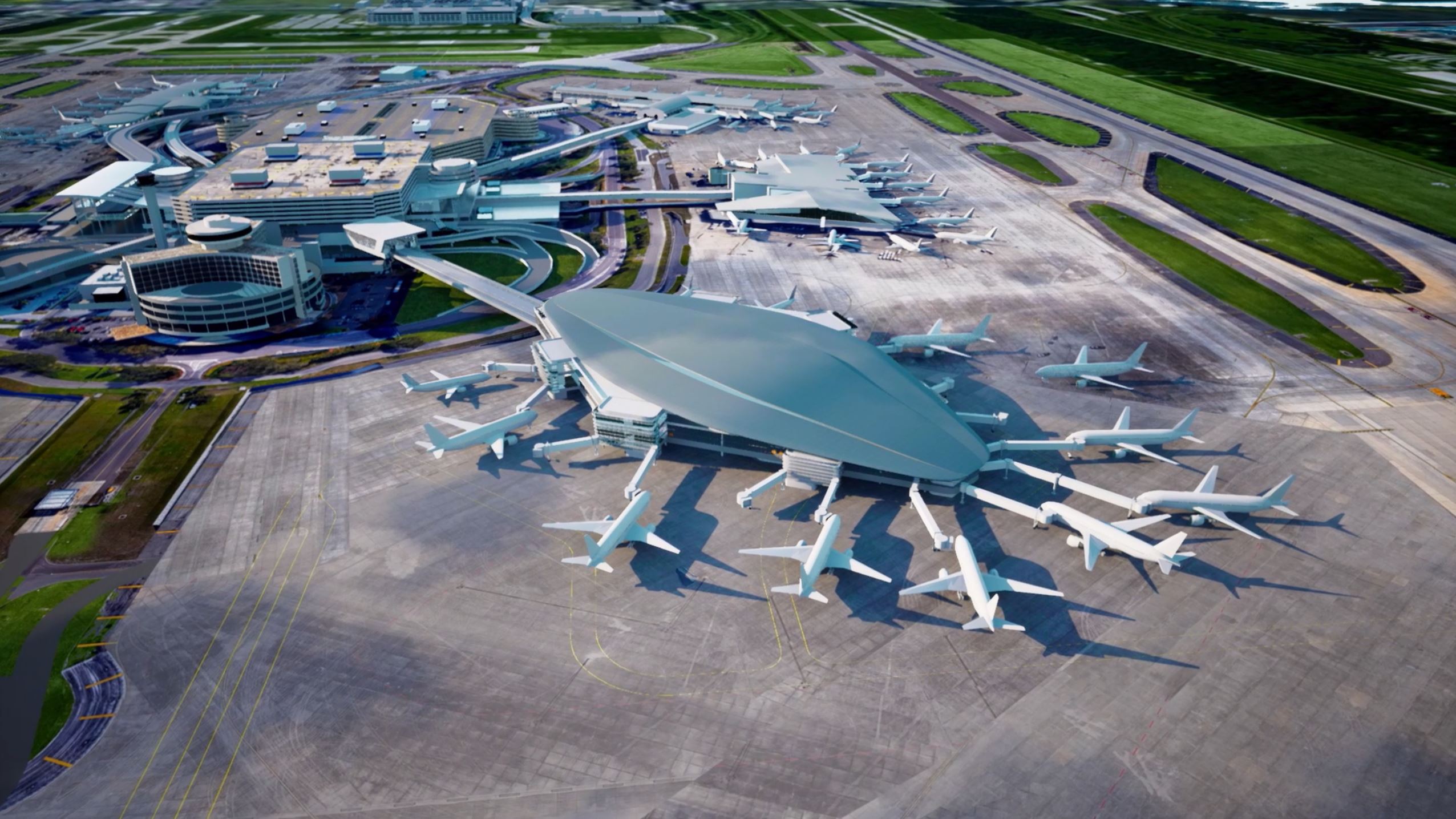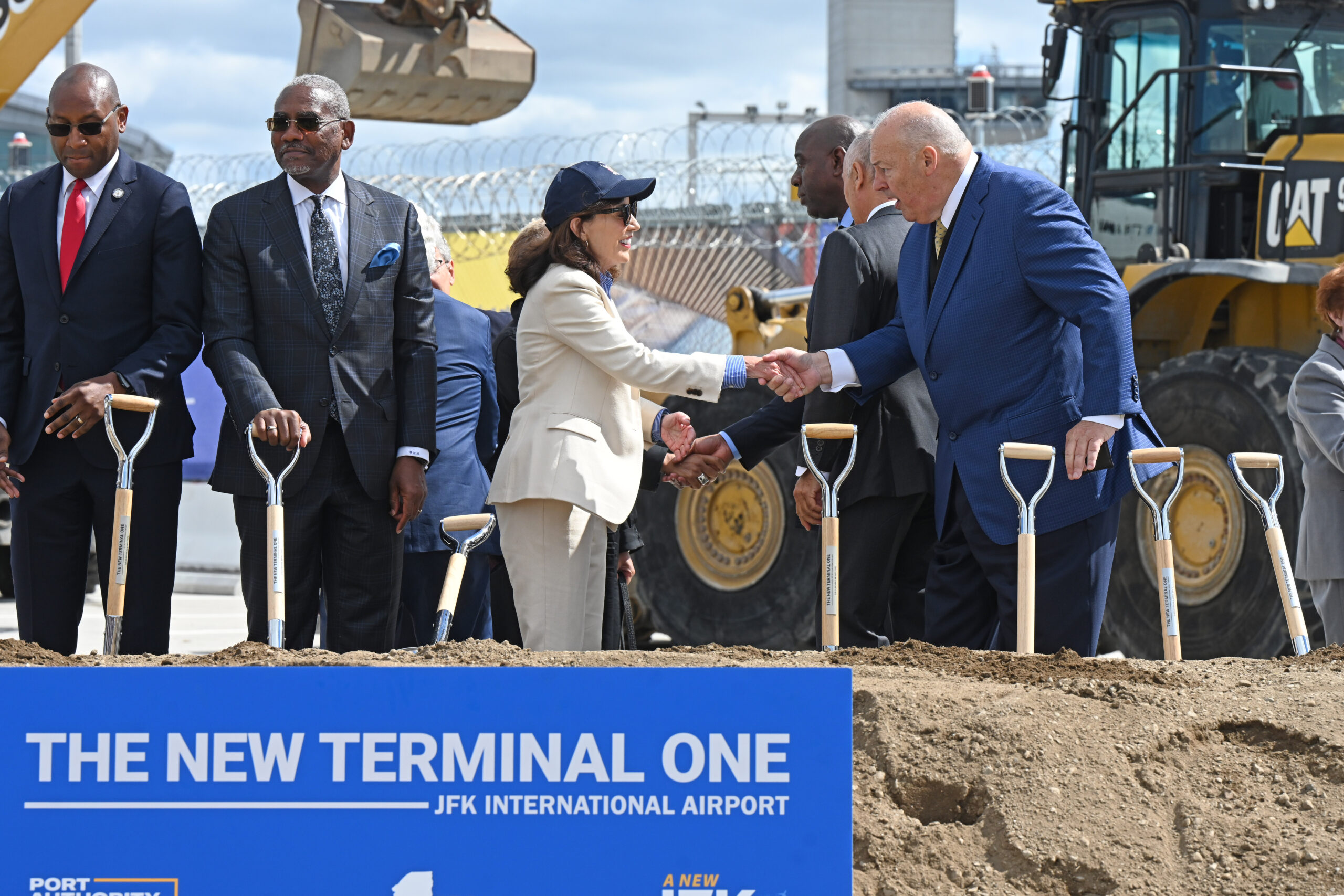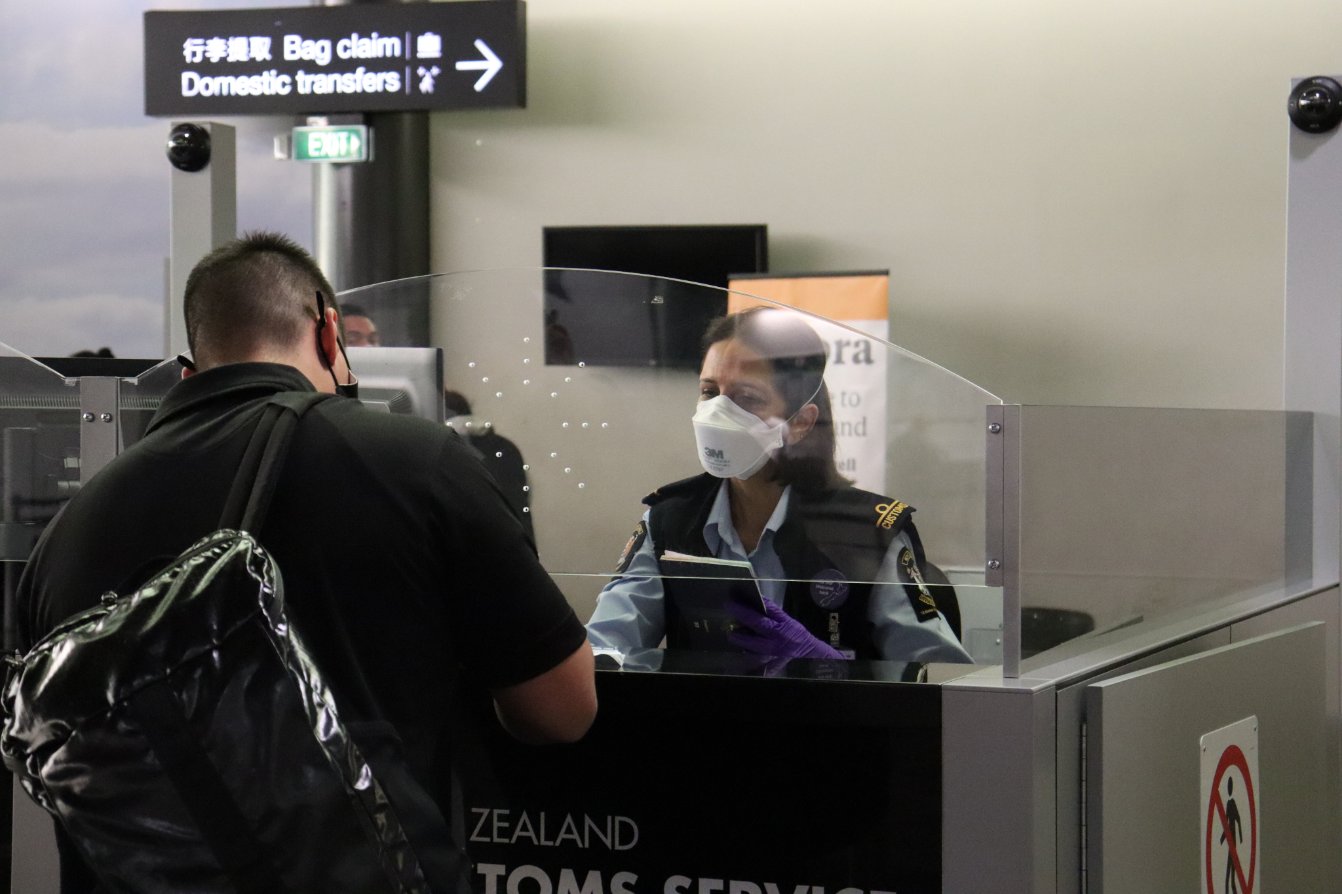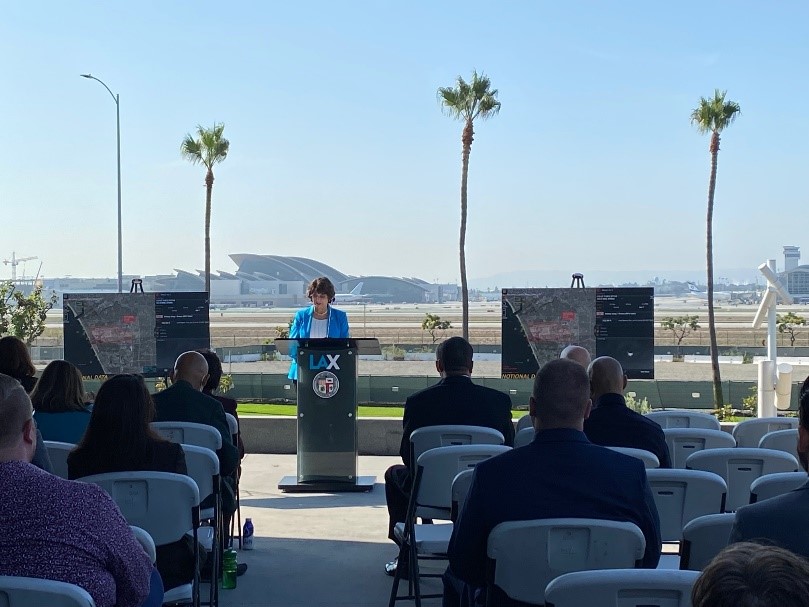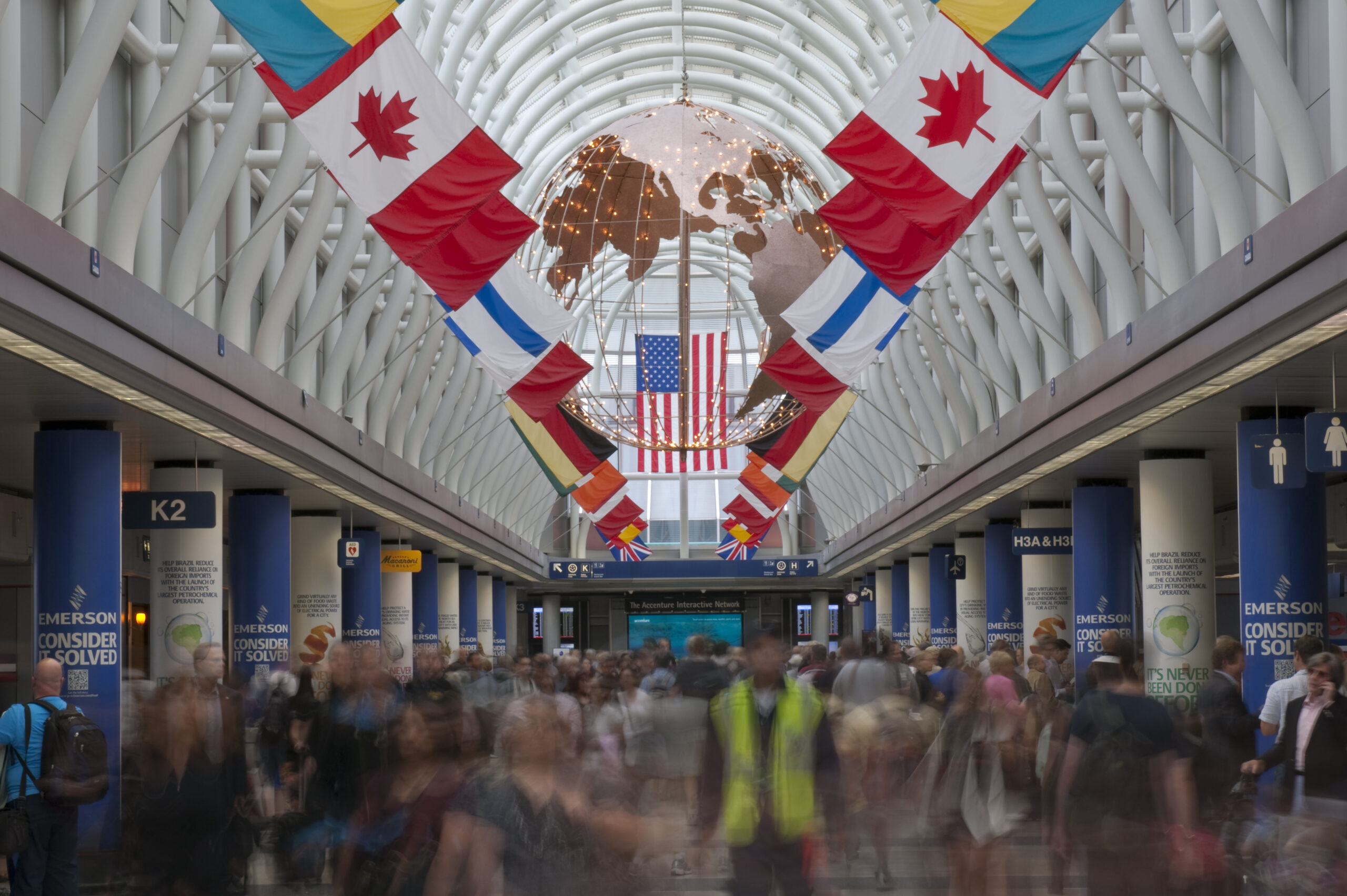Embracing the Change and Adopting Biometrics beyond US Exit
- By Sherry Stein Head of Technology, SITA Americas
As international travel resumes, US airports are under mounting pressure to adopt a US biometric exit solution to aid US Customs & Border Protection (CBP) in achieving its objective of screening 97%[1] of exiting passengers at all commercial airports within the next few years. As a result, many airports are seeking to implement solutions within the coming months in advance of the holiday season.
Challenges of the Mandate
The mandate for US Entry/Exit was established following recommendations by the 9/11 Commission[2]. Entry and the introduction of dedicated Federal Inspection Services (FIS) facilities were easily achieved. However, implementing a solution for US Exit has proven more difficult. In the US, international air traffic is less than 20% of all flights operated and closer to 5% in the early stages of pandemic recovery. Most US airports were built more than 40 years ago, well before security-based screening was considered. As a result, US airports do not tend to have an exit immigration process like in many other countries. Airport terminals often operate with a mixture of domestic and international flights. Over the years, trials of US Exit solutions would have required CBP officers to be stationed at boarding gates, manually managing the process, causing bottlenecks and leading to potential flight delays and other adverse operational impacts.
Integrating Best-In-Class Biometrics
The success of the CBP’s Traveler Verification Service (TVS) has changed the game. In 2017, SITA, JetBlue, and CBP worked together to create the world’s first solution to integrate the TVS with airline boarding processes and to deliver a new secure, paperless, and deviceless self-boarding process. In 2018, SITA won the respected Aviation Technology Achievement at Air Transport World’s 2018 Annual Airline Industry Achievement Awards in recognition of this great innovation and use of technology, which has now become the de facto standard for the industry.
The reliability and accuracy of facial-recognition technology have dramatically improved in recent years, and SITA’s partner, NEC, is consistently among the world’s top performers according to NIST rankings. NEC is also the underpinning technology CBP uses for its TVS, so, regardless of the airport’s chosen camera-system vendor, every solution relies on NEC’s matching algorithms. However, experience shows that not all camera systems are equal. SITA Smart Path consistently achieves the highest match rates in the industry compared to other US Biometric Exit solutions, with a 99.5% match rate.
For airports to fully embrace this change and benefit from biometrics, it’s critical to understand the importance of standards, interoperability, and integration with existing infrastructure and processes. A successful implementation is more than just the installation of equipment. The complexity of airline integration and the onboarding process are crucial elements in a successful implementation, and having the right partner can help navigate challenges and ensure a smooth delivery.
Mounting Pressure, Long-Term Solutions
Most US airports are now operating with passenger volumes above pre-pandemic levels while struggling to restore staffing levels to support demand. Many airports are undergoing extensive renovation and reconstruction projects to replace aging terminals. Biometric-enabled boarding through TVS offers a stepping-stone to support an airport’s broader transformation strategy for improving security and streamlining the customer experience.
As airports consider their strategy to support CBP’s Biometric Exit program, they must also consider how the selected solution best fits the airport’s customer experience objectives and long-term operations strategy. With existing staffing shortages and the continued demand for more touchless, automated processing solutions, the solutions must scale and fit those operational needs over the longer term. The SITA and NEC partnership offers US airports a platform that scales to support current US Exit requirements and the end-to-end seamless journey for all airlines and passengers: international and domestic.
While the pressure is on to meet the mandate, many airports have already taken steps to implement biometrics with successful results. Since 2019, passengers departing from Miami International Airport to Munich on Lufthansa flights have been able to board with the quick click of a camera instead of a boarding pass and passport, thanks to the airport’s launch of SITA’s biometric exit technology.
Through a partnership between SITA, MIA, Lufthansa, and US Customs and Border Protection (CBP), a simple photograph taken at Lufthansa’s boarding gate is used to confirm passengers’ identities and their authorization to travel. The facial recognition verification process takes less than two seconds with a 99-percent matching rate. The launch of biometric exit at Miami International follows the airport’s February 2018 opening of America’s first all-biometric entry facility at Concourse E, which screens all international arrivals via facial recognition. The introduction of biometrics has decreased processing times by as much as 80 percent. More recently, Miami International Airport has chosen SITA to implement biometric boarding at over 130 gates by 2023. San Diego Airport collaborated with SITA to deploy Smart Path facepods and implemented a successful US exit screening solution in just a few months. Los Angeles Airport implemented SITA’s biometric-enabled self-bag-drop using the TVS to bring the same touchless experience to the bag drop process. Aruba Airport also implemented biometric-enabled boarding of flights en route to the US to provide this same extended value to its airline partners. In the US alone, SITA will soon support more than 1,000 Smart Path-enabled touchpoints across the US airports, providing biometric-enabled passenger processing for the global airlines and passengers they serve. No other industry provider offers the depth of experience, world-class solution, service, or collaborative approach that the SITA-NEC partnership provides.
- [1] https://www.dhs.gov/sites/default/files/2022-04/CBP%20-%20Biometric%20Entry-Exit%20H-1B%20and%20L-1%20Fees%20Spend%20Plan.pdf
“CBP is working toward full implementation of biometric exit in the air environment to account for more than 97 percent of departing commercial air travelers from the United States.” - [2] CBP is authorized to collect this information by the 2002 Enhanced Border Security and Visa Entry Reform Act (Pub. L. 107- 173), the Intelligence Reform and Terrorism Prevention Act of 2004 (Pub. L. 108- 458), and the Implementing Recommendations of the 9/11 Commission Act of 2007 (Pub. L. 110-53). CBP is required to verify the identity of all travelers.





